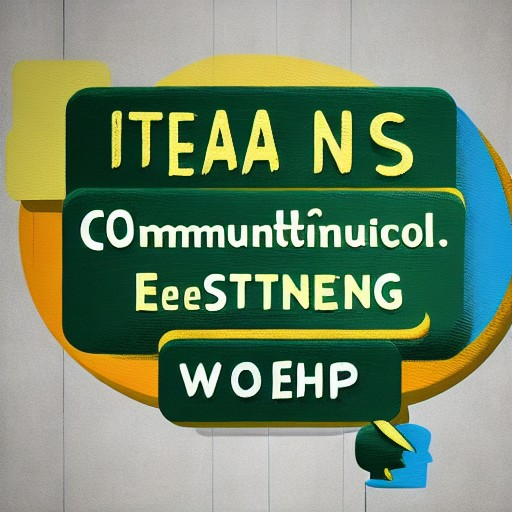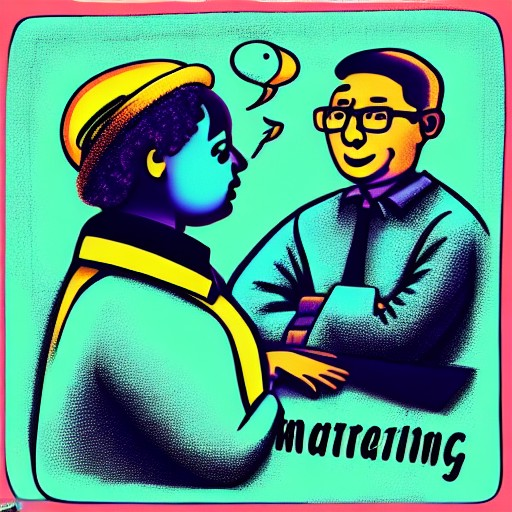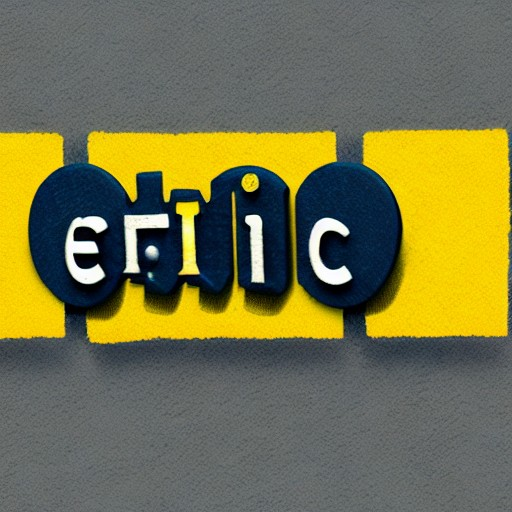The Art of Effective Communication
Effective communication is essential in our daily lives. It enables us to share our thoughts, ideas, and feelings with others, which is vital for personal and professional growth. However, not everyone possesses this skill. Some people find it challenging to communicate their thoughts and ideas effectively, leading to misunderstandings, misinterpretations, and even conflicts. In this article, we will explore the art of effective communication and how to master it.

Listening
Effective communication begins with listening. Listening involves paying attention to the speaker, understanding their message, and responding appropriately. Many people make the mistake of thinking that communication is only about talking. However, effective communication requires active listening. It means focusing on what the speaker is saying and not just waiting for your turn to talk. When you listen actively, you show the speaker that you value their opinion and are interested in what they have to say. It also helps you to understand the speaker's point of view, which is essential for effective communication.

Clarity
Clarity is another essential aspect of effective communication. Clarity means expressing your thoughts and ideas in a clear and concise manner. It involves using simple language and avoiding jargon, technical terms, or complex sentences. When you communicate clearly, you help the listener to understand your message easily, reducing the chances of misunderstanding or misinterpretation. Clarity also helps to build trust, credibility, and respect, which are essential for effective communication.

Empathy
Empathy is the ability to understand and share the feelings of others. It is a critical aspect of effective communication because it helps you to connect with the speaker emotionally. When you show empathy, you acknowledge the speaker's feelings and demonstrate that you care about their wellbeing. It also helps to create a safe and supportive environment for communication, where people can share their thoughts and ideas without fear of judgment or criticism.

Non-Verbal Communication
Non-verbal communication refers to the use of body language, facial expressions, and tone of voice to convey a message. It is an essential aspect of effective communication because it adds meaning and context to your words. For example, a smile can show that you are friendly and approachable, while a frown can indicate that you are unhappy or displeased. Non-verbal communication can also help to reinforce your message, making it more impactful and memorable.

Feedback
Feedback is an essential part of effective communication because it helps to clarify understanding, reinforce positive behaviors, and correct negative ones. Feedback should be specific, timely, and constructive. Specific feedback helps the listener to understand what they did well or what they need to improve. Timely feedback helps to reinforce positive behaviors or correct negative ones before they become habits. Constructive feedback helps to build self-awareness, self-improvement, and growth.

Conclusion
Effective communication is an essential skill that everyone should master. It requires active listening, clarity, empathy, non-verbal communication, and feedback. When you communicate effectively, you build strong relationships, create trust and credibility, and achieve your goals. By practicing these skills, you can become an effective communicator and enjoy the benefits that come with it.